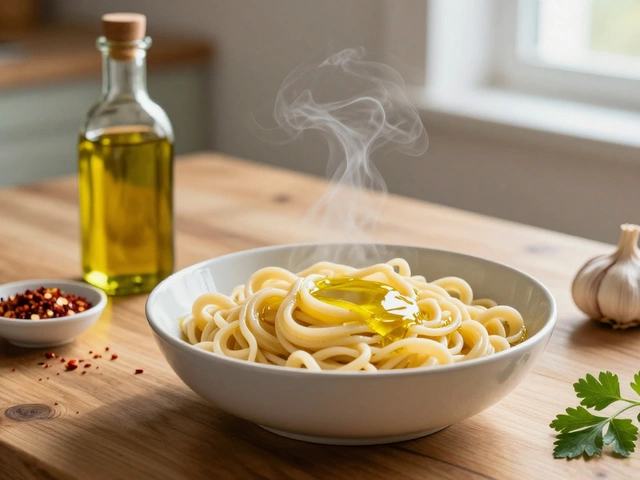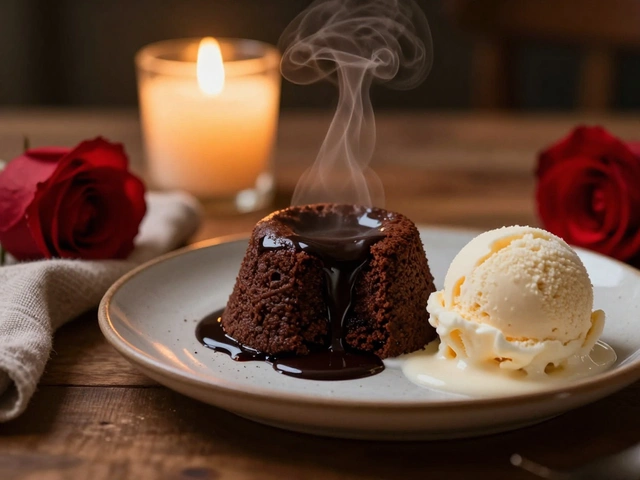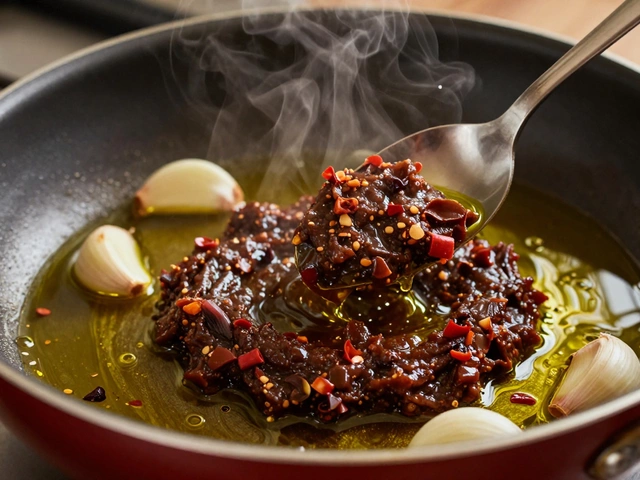Slow Cooker Recipes: Easy, Safe & Energy‑Smart Meals
If you love a good, hands‑off dinner, the slow cooker (or crockpot) is your kitchen sidekick. Toss ingredients in, set the timer, and let low heat do the heavy lifting. You get tender meat, hearty stews, and flavors that deepen over hours. But a great meal isn’t just about taste – it’s also about safety, energy use, and a few clever tricks that keep things simple.
In this hub you’ll find quick answers to the most common slow‑cooker questions. Wondering if you can leave meat on ‘warm’ overnight? Curious about cooking raw chicken safely? Looking for ways to cut your electric bill while the pot simmers? We’ve got bite‑size guides that turn uncertainty into confidence, so you can enjoy every slow‑cooked bite without a second thought.
Safety First: Keep Your Crockpot Meals Healthy
Food safety is the top priority when you let food sit for hours. The biggest risk is staying in the “danger zone” (40°F‑140°F) too long. To avoid this, always start with fresh ingredients and make sure your cooker reaches at least 165°F for poultry and 140°F for beef or pork before you switch to ‘warm’. If you want to leave meat on ‘warm’ overnight, it’s safest only when the slow cooker has been on a high or low setting for at least 4 hours and the internal temperature stays above 140°F. Otherwise, refrigerate the food and reheat later.
Raw chicken can go straight into the pot, but you must set the cooker to a proper temperature. A low setting usually reaches 165°F after a few hours, which kills harmful bacteria. Use a meat thermometer to double‑check if you’re unsure. And never stack raw meat on top of ready‑to‑eat dishes – keep flavors and safety separate.
Another common worry is the towel hack: placing a towel under the pot to protect countertops. It’s okay as long as the towel is dry, heat‑resistant, and doesn’t cover the vent. A wet or flimsy towel can cause a fire or spark a mess.
Save Money & Energy While Cooking
Slow cookers are surprisingly efficient. Most models use 70‑250 watts, far less than an oven or stovetop. That means you can run a stew for 8 hours and still keep your electric bill low. To maximize savings, choose the low setting when you have time – it uses the least power while still delivering tender results.
Plan your meals around the cooker’s timing. If you need a dinner ready by 6 p.m., start the stew on low at 10 a.m. or on high at 3 p.m. This avoids leaving the appliance on ‘warm’ for too long, which uses extra energy and can push food into the danger zone.
Submerging meat in liquid isn’t always required, but it helps keep the food moist and reduces the chance of it drying out. For lean cuts, add a cup of broth or sauce; for fattier pieces, a little liquid is enough. The key is to cover the bottom of the pot and let the steam do the work.
When you’re ready to serve, lift the lid and give the dish a quick stir. That’s often all it takes to bring out the full flavor that the slow, low heat has built up. Pair your meal with fresh herbs, a squeeze of lemon, or a dash of spice for that Delhi‑inspired punch our site loves.
Use this page as a quick reference: safety tips, energy‑saving tricks, and recipe ideas are all just a click away. Whether you’re a busy parent, a college student, or anyone who enjoys a hassle‑free dinner, the slow cooker can become your go‑to tool. Grab a recipe, set the timer, and let the flavors do the talking.
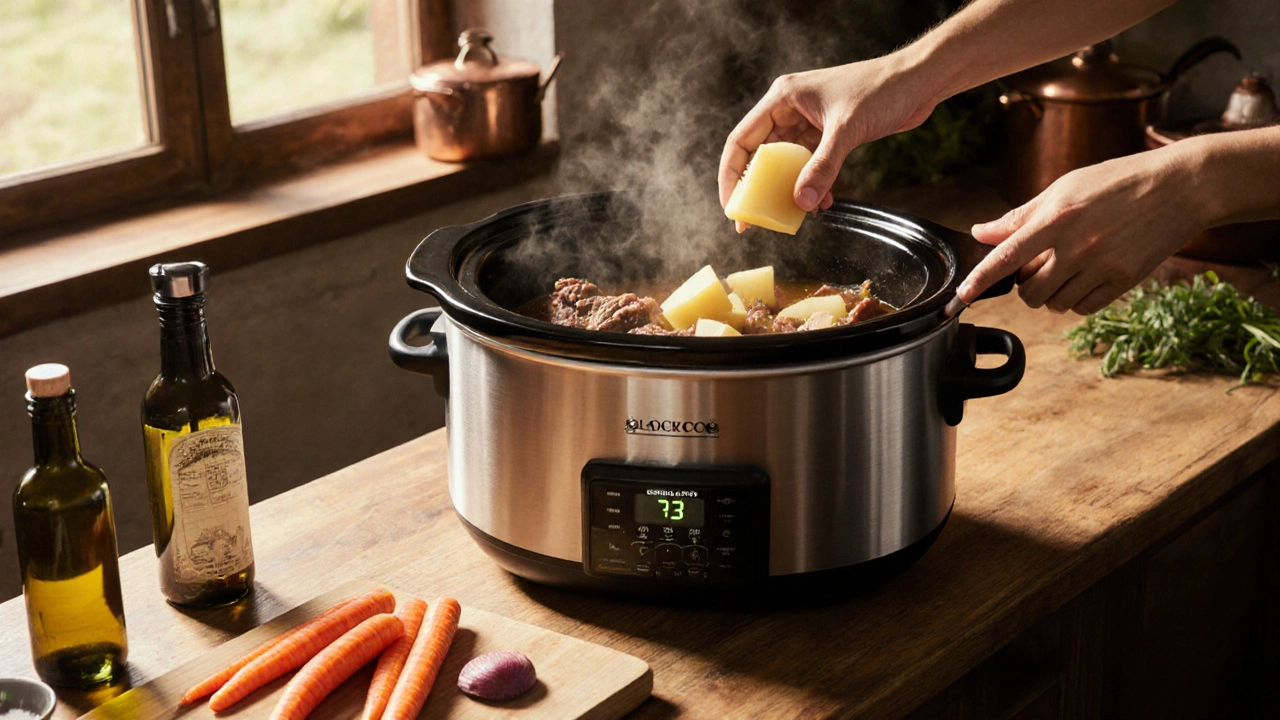
When to Add Potatoes and Carrots to a Slow Cooker for Perfect Texture
by Landon Weathers / 30 Nov 2025Learn the exact time to add potatoes and carrots to your slow cooker for tender, not mushy, vegetables every time. Avoid common mistakes and get perfect texture with simple timing tips.

Can I Put Raw Chicken in a Slow Cooker? The Safe and Simple Truth
by Landon Weathers / 27 Oct 2025Yes, you can safely put raw chicken in a slow cooker. Learn how to do it right with the right cuts, timing, and temperature checks to avoid dry meat or food safety risks.

Slow Cooker vs Crockpot: Key Differences Explained
by Landon Weathers / 23 Oct 2025Explore the key differences between a slow cooker and a Crockpot, from heating elements to pricing, to help you pick the right appliance for your meals.
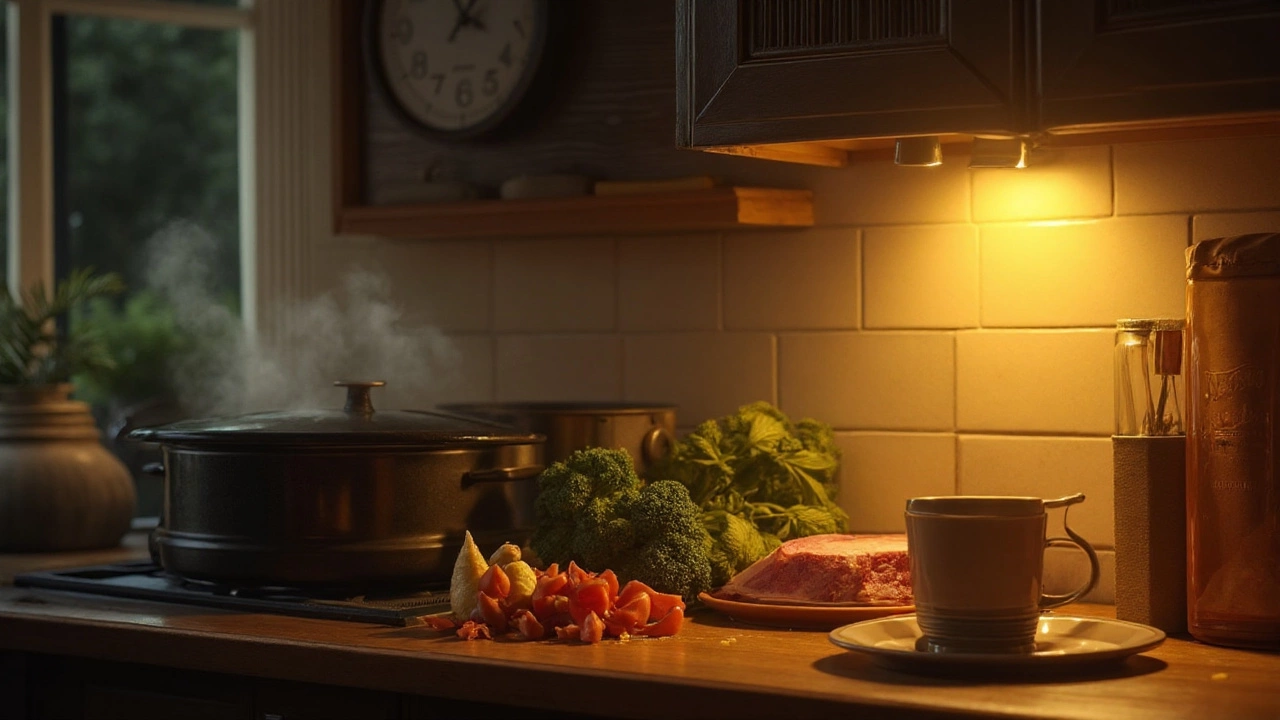
Is It Safe to Leave Meat in the Crockpot on Warm Overnight?
by Landon Weathers / 7 Aug 2025Wondering if you can leave meat in the crockpot on warm overnight? Discover the facts, food safety rules, and real-life tips for keeping your meal safe and tasty.
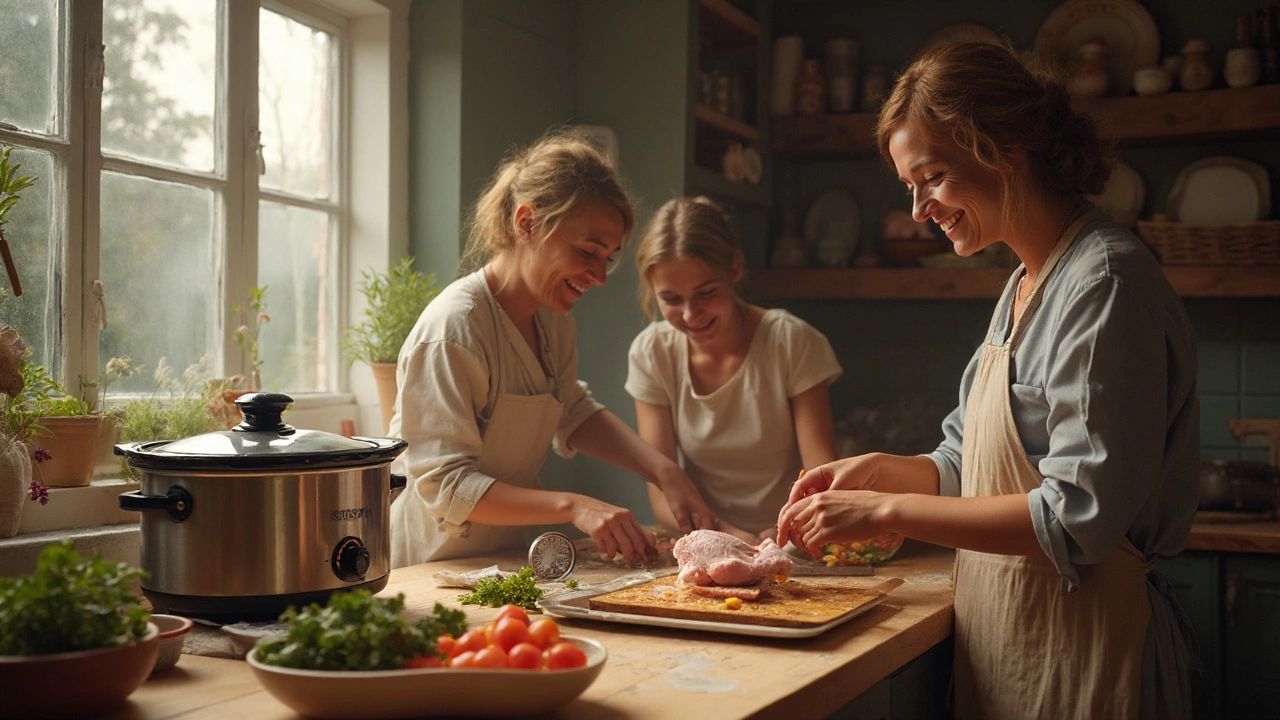
Can You Put Raw Chicken in a Slow Cooker? Safe Cooking Tips and Best Practices
by Landon Weathers / 6 Aug 2025Unpack the truth about cooking raw chicken in a slow cooker, dig into food safety, and get practical tips to make your next crockpot meal easy and safe.

Crockpot Danger Zone: Safe Temperatures and Food Safety Tips
by Landon Weathers / 11 Jul 2025Worried about food safety while using your Crockpot? Learn what the 'danger zone' really means, how to avoid it, and expert tips to keep your slow cooker meals both delicious and safe for your family.
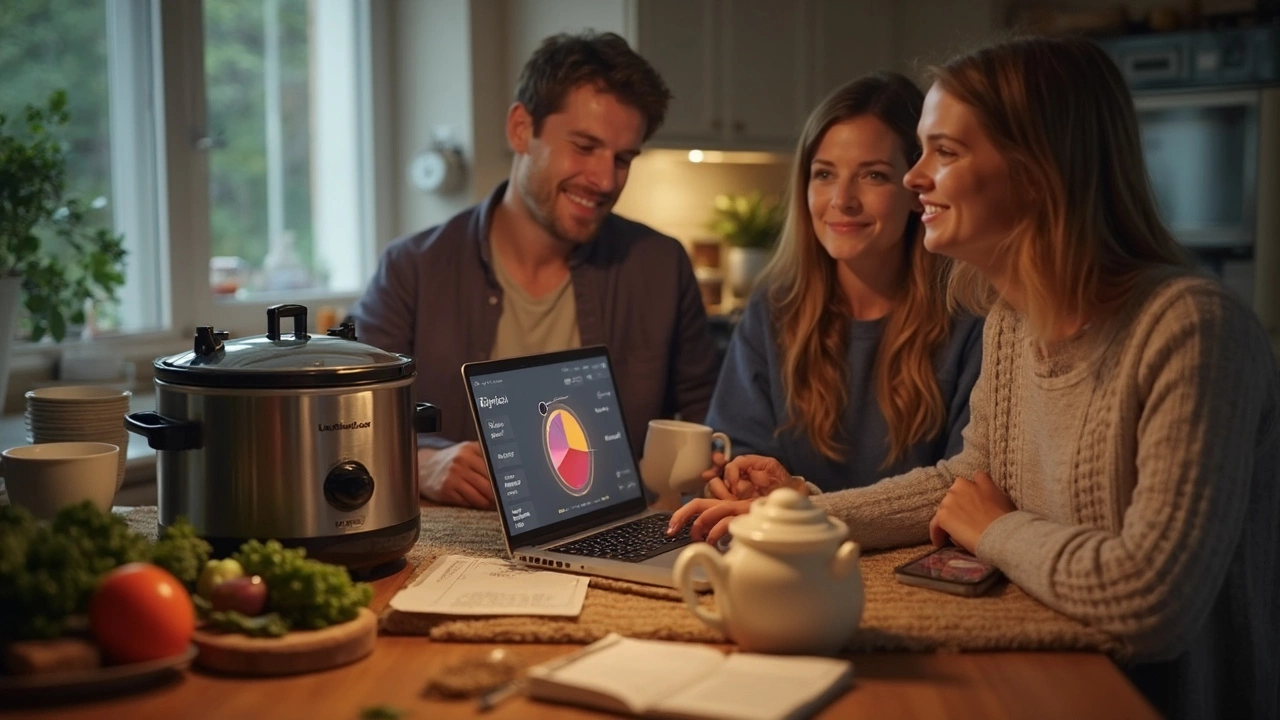
Do Slow Cookers Use a Lot of Electricity? Surprising Savings Explained
by Landon Weathers / 21 May 2025Ever wondered if your slow cooker is secretly running up your electric bill? This article breaks down exactly how much electricity slow cookers use and compares them to other kitchen appliances. You'll get real numbers, money-saving tips, and find out if these kitchen workhorses deserve their budget-friendly reputation. Discover how smart cooking can actually put more money back in your pocket. Get ready for practical advice you can use tonight.
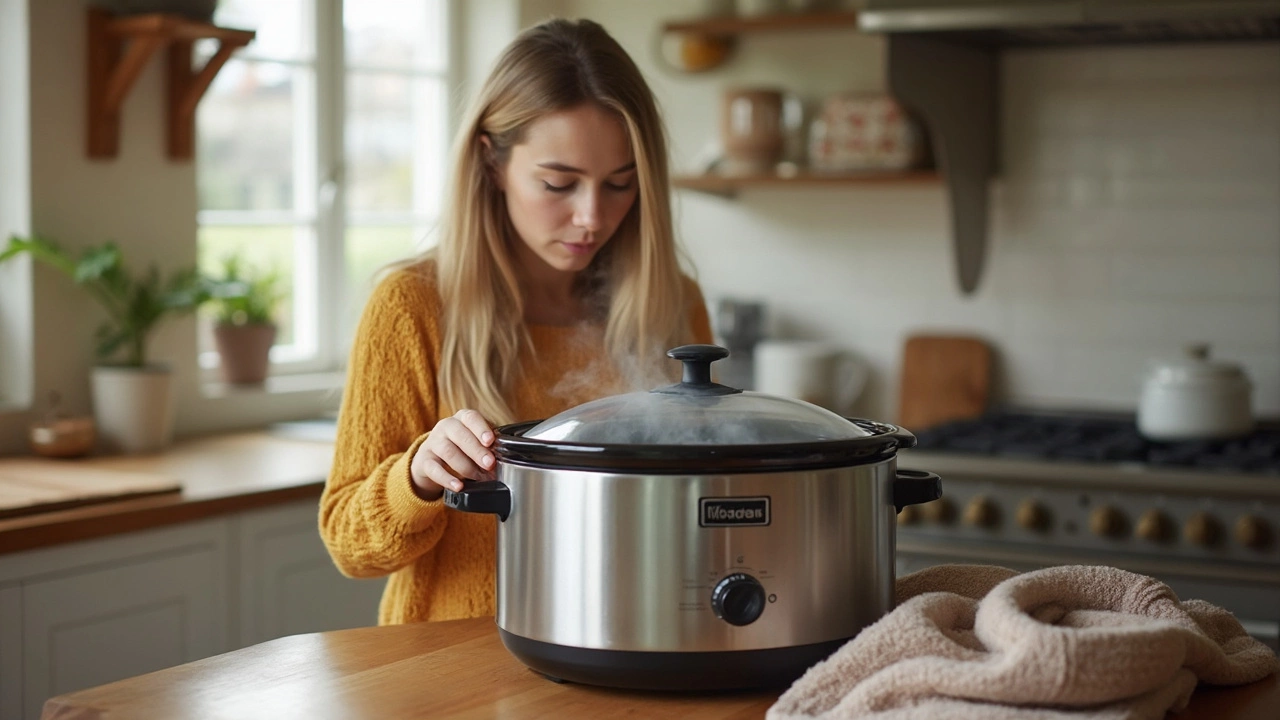
Can I Put a Towel Under My Crockpot? Safety, Smarts, and Slow Cooker Hacks
by Landon Weathers / 14 May 2025Ever wondered if you can stick a towel under your crockpot without causing a mess or a fire? This article breaks down whether it’s safe, when you might want to do it, and what kitchen pros actually recommend. Find out about common slow cooker hacks, real risks, and how to keep your kitchen and your slow cooker meals trouble-free. Plus, get simple tips most folks overlook. No guesswork, just straightforward advice.
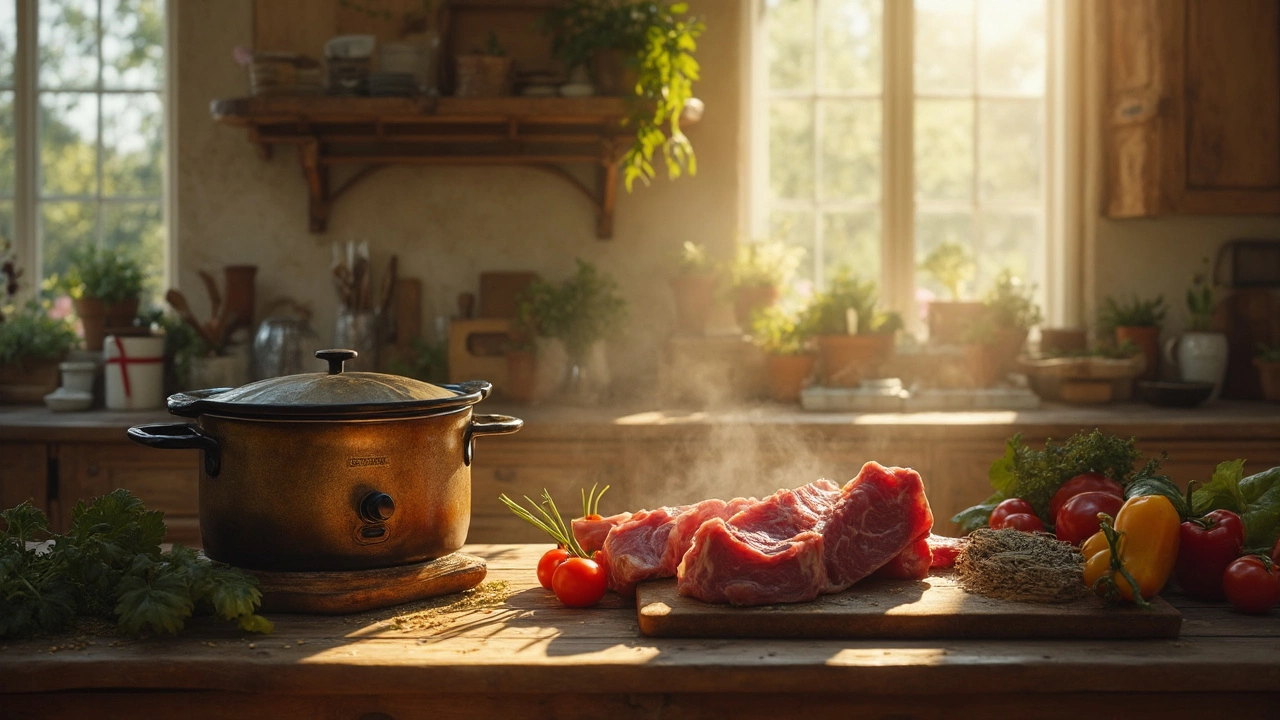
What Tastes Better in a Slow Cooker?
by Landon Weathers / 11 Apr 2025Slow cookers can transform ordinary ingredients into mouth-watering meals by enhancing flavors through prolonged cooking at a low temperature. From succulent meats to flavorful stews, certain foods notably benefit from this method. Discover the best recipes and ingredients that truly shine when slow-cooked, along with some handy tips to make the most of your slow cooker. Embrace the convenience and culinary magic this appliance offers.
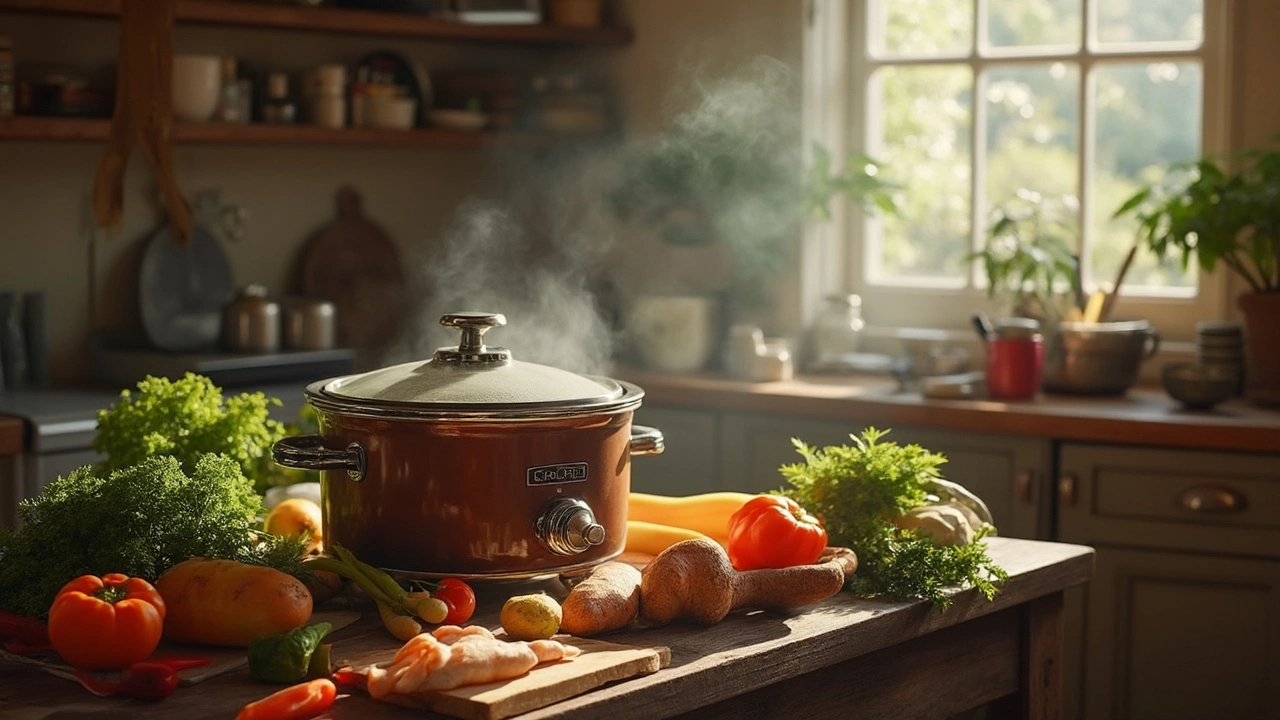
Is 3 Hours on High the Same as 6 Hours on Low Slow Cooker?
by Landon Weathers / 4 Apr 2025Ever wondered if you can substitute 3 hours on high for 6 hours on low in your slow cooker? This article explores whether these cooking times are truly interchangeable and provides practical tips for making the most out of your slow cooker. Knowing these differences can help you create perfect meals without the guesswork. From understanding heat distribution to recognizing what works for different ingredients, we've got the insights you need. Let’s unravel this slow cooking mystery together.
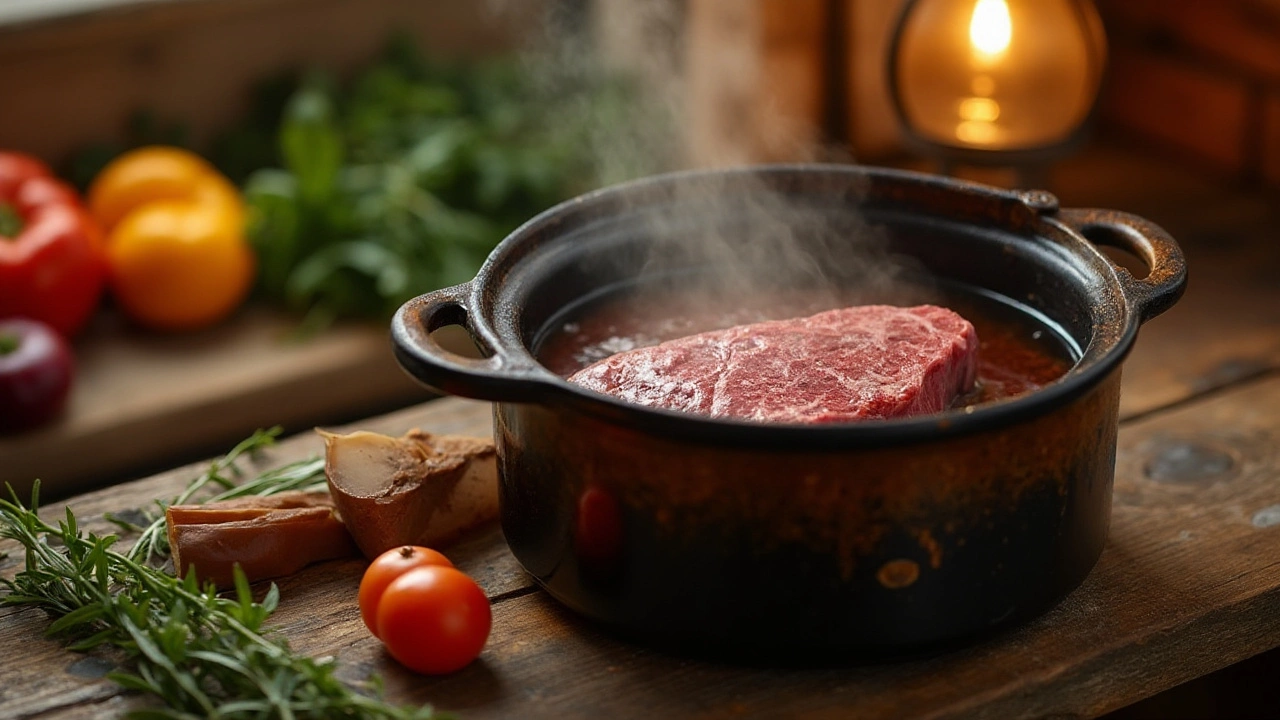
Is Submerging Meat in Your Slow Cooker Necessary for Best Results?
by Landon Weathers / 14 Dec 2024Discover whether submerging meat in your slow cooker is essential for the best culinary results. While many are familiar with slow cooking as an effective method for tenderizing meat, there remains debate about whether it must be entirely covered with liquid. This article explores the science behind slow cooking, popular preferences, and the practical tips to ensure that your meals come out flavorful and juicy every time.
